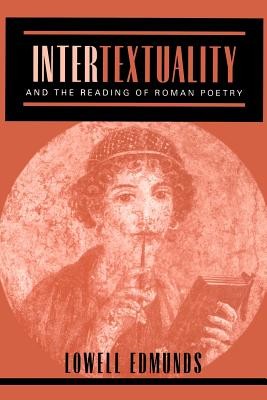
- We will send in 10–14 business days.
- Author: Lowell Edmunds
- Publisher: Johns Hopkins University Press
- ISBN-10: 0801877415
- ISBN-13: 9780801877414
- Format: 15.2 x 22.9 x 1.3 cm, softcover
- Language: English
- SAVE -10% with code: EXTRA
Reviews
Description
How can we explain the process by which a literary text refers to another text? For the past decade and a half, intertextuality has been a central concern of scholars and readers of Roman poetry. In Intertextuality and the Reading of Roman Poetry, Lowell Edmunds proceeds from such fundamental concepts as "author," "text," and "reader," which he then applies to passages from Vergil, Horace, Ovid, and Catullus. Edmunds combines close readings of poems with analysis of recent theoretical models to argue that allusion has no linguistic or semiotic basis: there is nothing in addition to the alluding words that causes the allusion or the reference to be made. Intertextuality is a matter of reading.
EXTRA 10 % discount with code: EXTRA
The promotion ends in 18d.11:05:36
The discount code is valid when purchasing from 10 €. Discounts do not stack.
- Author: Lowell Edmunds
- Publisher: Johns Hopkins University Press
- ISBN-10: 0801877415
- ISBN-13: 9780801877414
- Format: 15.2 x 22.9 x 1.3 cm, softcover
- Language: English English
How can we explain the process by which a literary text refers to another text? For the past decade and a half, intertextuality has been a central concern of scholars and readers of Roman poetry. In Intertextuality and the Reading of Roman Poetry, Lowell Edmunds proceeds from such fundamental concepts as "author," "text," and "reader," which he then applies to passages from Vergil, Horace, Ovid, and Catullus. Edmunds combines close readings of poems with analysis of recent theoretical models to argue that allusion has no linguistic or semiotic basis: there is nothing in addition to the alluding words that causes the allusion or the reference to be made. Intertextuality is a matter of reading.


Reviews